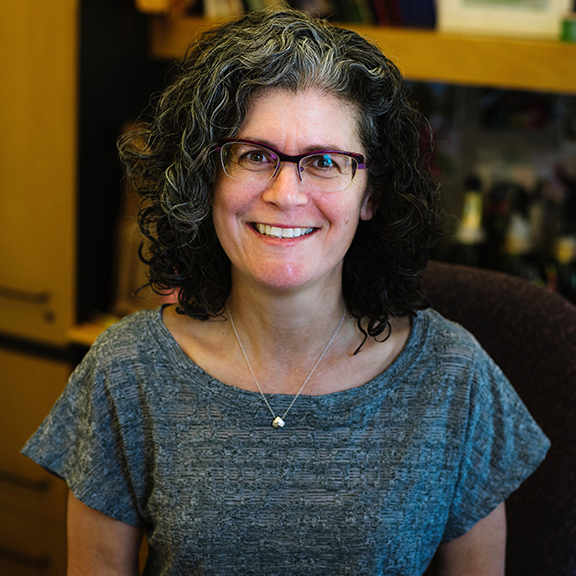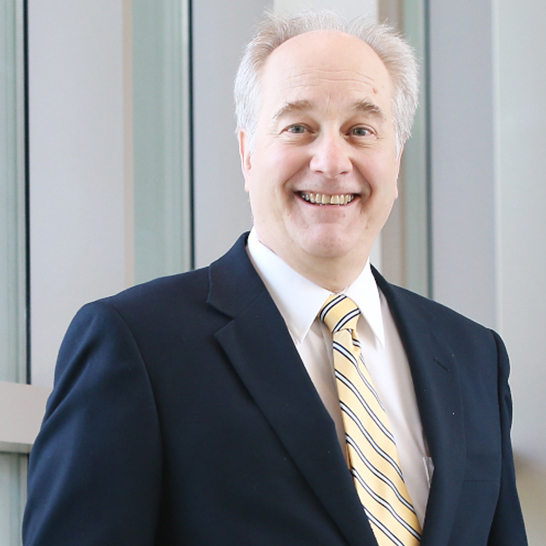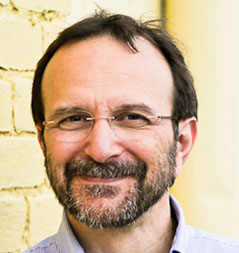TWiM explores the role of biofilms in infection by coronaviruses, and development of a Shigella vaccine using outer membrane vesicles derived from Salmonella.
On this episode, an electrochemical scaffold that delivers safe doses of hypochlorous acid to treat wound infections in humans, and a method for sampling and monitoring bacteria and viruses on surfaces using plain paper stickers.
TWiM reveals how temporal shifts in antibiotic resistance elements govern phage-pathogen conflicts, and the intracellular localization of toxin-antitoxin proteins in E. coli.
Mark Martin returns to TWiM to discuss ways to increase diversity in our field, and the discovery of Borgs, giant extrachromosomal elements with the potential to augment methane oxidation.
TWiM explores whether ‘rewilding’ is a way to get back our missing gut microbes, and failure of bacteriophage therapy due to the production of neutralizing antibodies.
The TWiM folk explore disruption of a Burkholderia intracellular niche by a cell death program, and an increase in Brucella infectiousness after intracellular passage.
In this episode, how polysaccharides keep cyanobacteria afloat in the oceans so that they can carry out photosynthesis, and a symbiotic bacterium that protects honey bees from fungal infections.
Foodie TWiM reveals that bacteria in human saliva are major components of Ecuadorian indigenous beers, and an unusual E. coli that produces atypical light cream-colored colonies in chromogenic agar.
TWiM continues its food arc with an examination of the effect of peroxyacetic acid spray on the microbiome and sensory properties of beef, and explores asymmetry of the cell division machinery during sporulation.
TWiM reveals the microbiome of sourdough starter cultures, and discovery of a novel family of prokaryotic nanocompartments involved in the metabolism of sulfur.




